Complete Solutions to Illustration of chapter CARBOXYLIC ACIDS AND THEIR DERIVATIVES of Class 12 book with complete answers and questions
| Class 12 | CHEMISTRY |
| Chapter | CARBOXYLIC ACIDS AND THEIR DERIVATIVES |
| CENGAGE CHEMISTRY | Illustration |
| Number Of Questions | 27 |
| Academic Year | 2023-24 |
(a) What is glacial acid and why is it called so ?
(b) What is vinegar and how is it prepared ?
( c) The experimentally determined (by colligative properties method) molecular weight of acetic acid in the vapour state is `120`. Explain why.04:16View Solution(a) Write the resonance structure of `RCOOH`.
(b) Why is `(C-O)` bond shorter in `RCOOH` than in `ROH`
( c) Compare the `(C=O)` bond length in `RCOOH` and `RCHO`.
(d) Compare the reactivities of `(C=O)` in `RCOOH` and `RCHO` towards nucleophilic addition `(N.A.)` reactions.04:15View SolutionGive the decreasing order of acidic character of the following :
(a)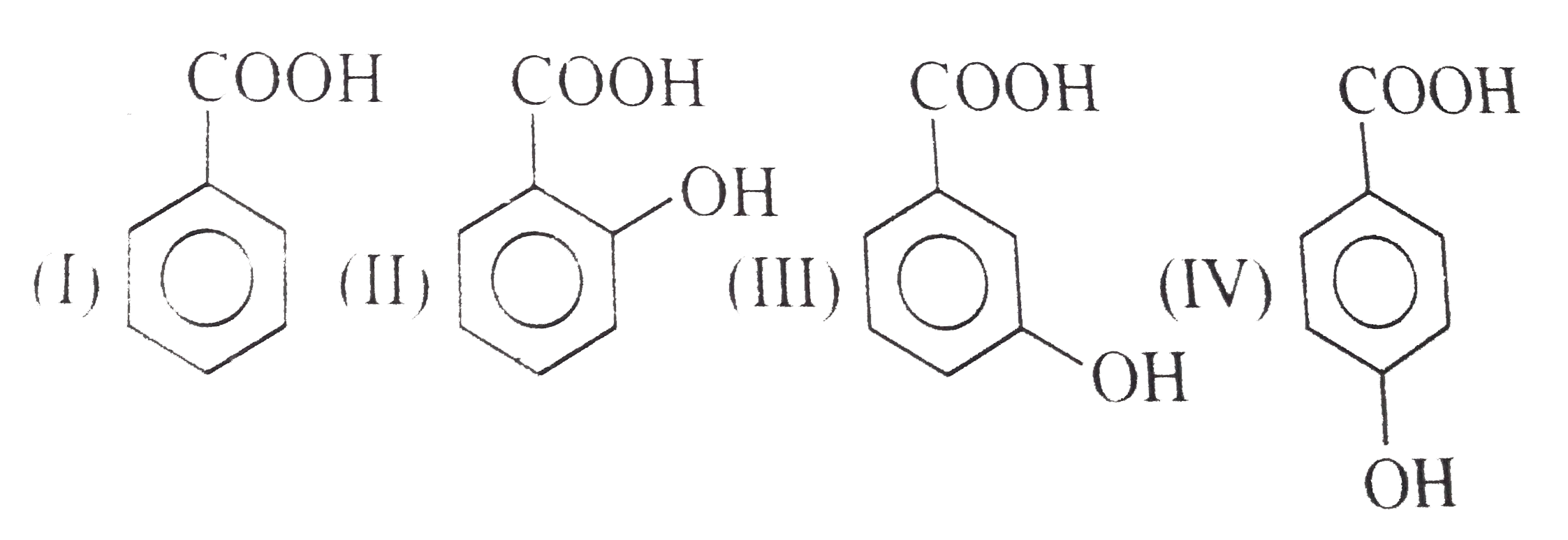
(b)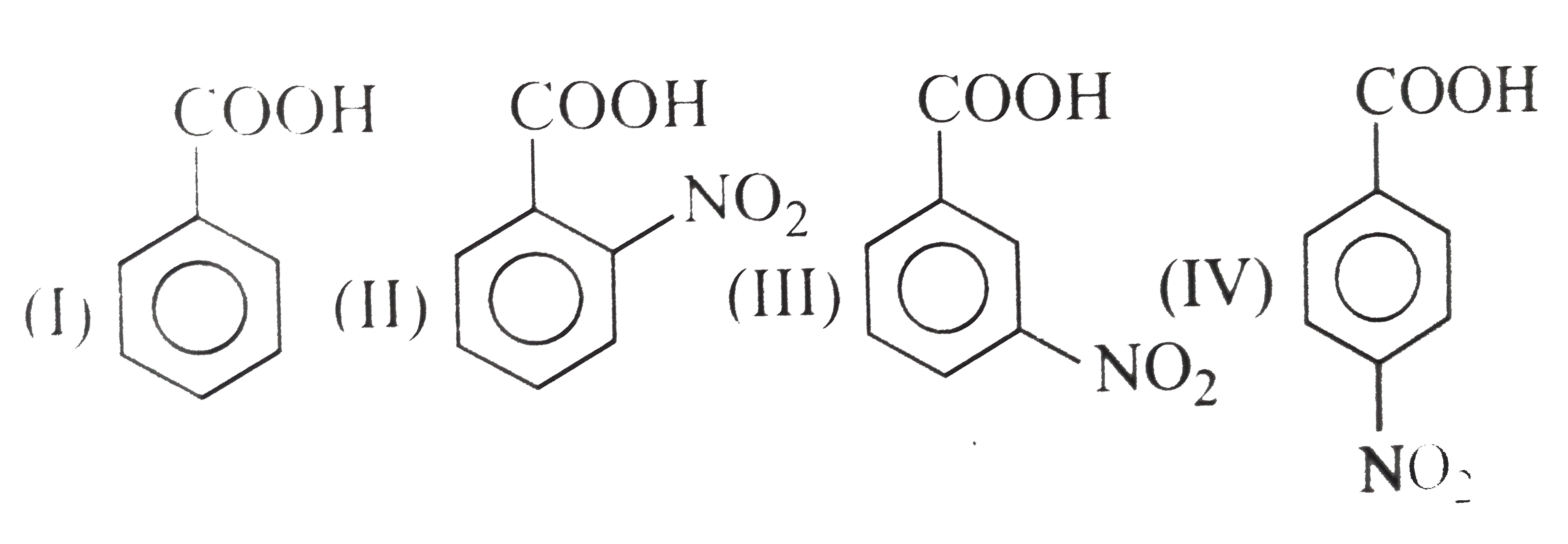
( c)
(d)
( e)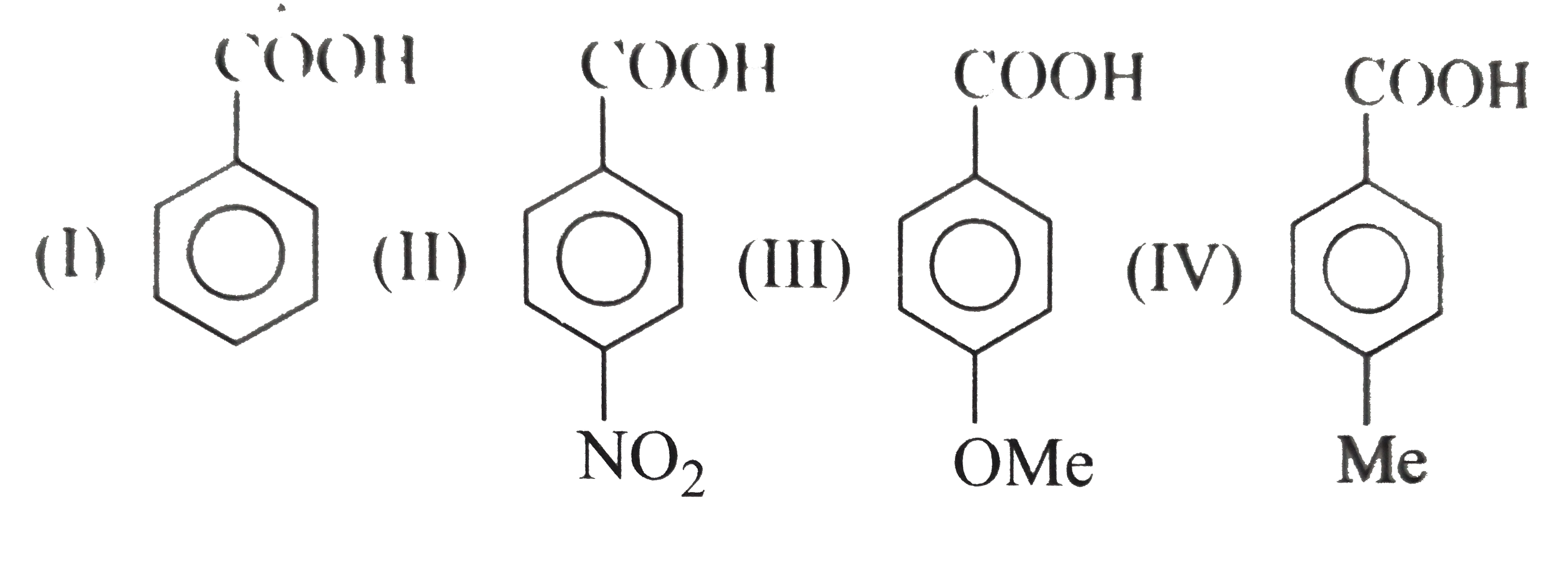
(f) .09:18View Solution
.09:18View SolutionExplain the following :
(a) In gaseous phase, the acidic characters of the following are :
(i) `CH_3 CH_2 COOH (I) gt CH_3 COOH (II)`
(ii) `ClCH_2COOH (III) gt FCH_2 COOH (IV)`
(iii) `Me_3 C-OH (V) gt MeCH_2 CH_2 CH_2 OH (VI)`.
(b) Account for the following differences in the acidic characters of the following :
(i) `(I) Me_3 C-CH_2 -COOH gt (II) Me_3 SICH_2 COOH`
(ii) `(III) H_2 C = CHCH_2 COOH gt (IV) CH_3 CH_2 COOH`
(iii) `(V) HC -= C - CH_2COOH (pK_a 3.22) gt (VI) H_2 C = CH CH_2 COOH (pK_a = 4.35)`
(iv) `CH_(3)-underset(O)underset(||)(C)-CH_(2)-COOH gt`
(v) `(IX) N -= C - CH_2 COOH gt (X) CH_3 COCH_2 -COOH`
(vi) `(XI) PhCh_2 COOH gt (XII) CH_2 = CHCH_2 COOH`.06:58View SolutionExplain the following :
(a) Highly branched acids such as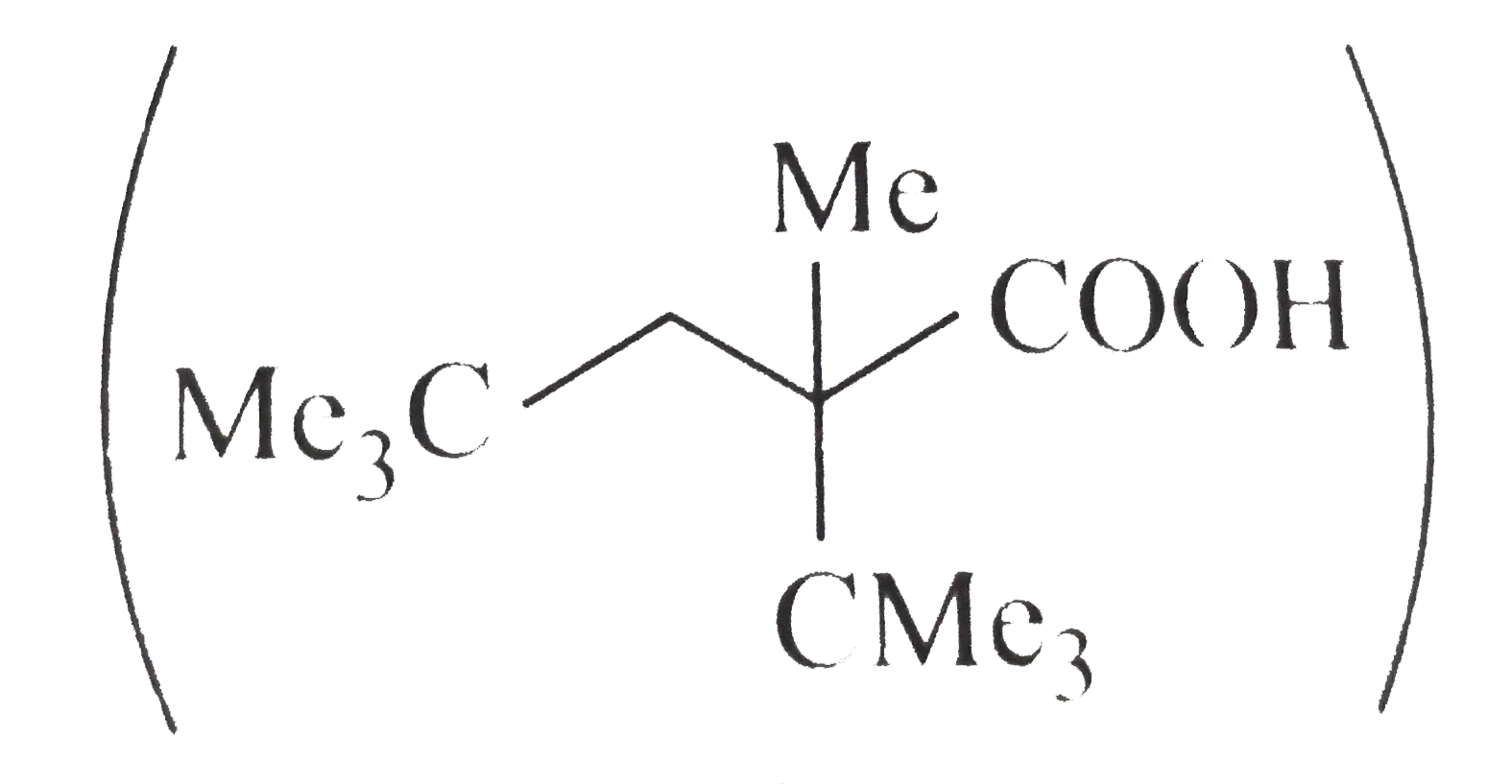 are less acidic than unbranched acids.
are less acidic than unbranched acids.
(b) `K_(a_1)` for maleic acid is greater than that for fumaric acid or `pK_(a_1)` for maleic acid is less than that for fumaric acid.
( c) `K_(a_2)` for fumaric acid is greater than that for maleic acid or `pK_(a_2)` for fumaric acid is less than that for maleic acid.
(d) Phthalic acid is a stronger acid than either isophthalic or terephthalic acids but phthalate monoanion is weaker than isophthalate and terephthalate monoanions.
( e) `o-`Nitro benzoic acid `(pK_a = 2.21)` is stronger acid than `3,5-`dinitrobenzoic acid `(pK_a = 2.80)` but weaker than `2,4-`dinitro benzene acid in water.08:07View Solution(a) Give the compounds from which isobutanoic acid `(A) (Me_2 CHCOOH)` can be prepared in a better way also describe the method.
(b) Convert 1-chlorobutane (A) to valeric acid `(B)`.
( c) Convert benzene to adipic acid.
(d) Complete the following reactions.
(i)
(ii) .09:01View Solution
.09:01View SolutionThere are two step-up methods : (i) Grignard reagent and (ii) nitrile method, for the preparation of carboxylic acids from `RX`, Which method is suitable for the preparation of step-up carboxylic acid from the following `RX` ? Why ? Give the name of the acid also.
(I)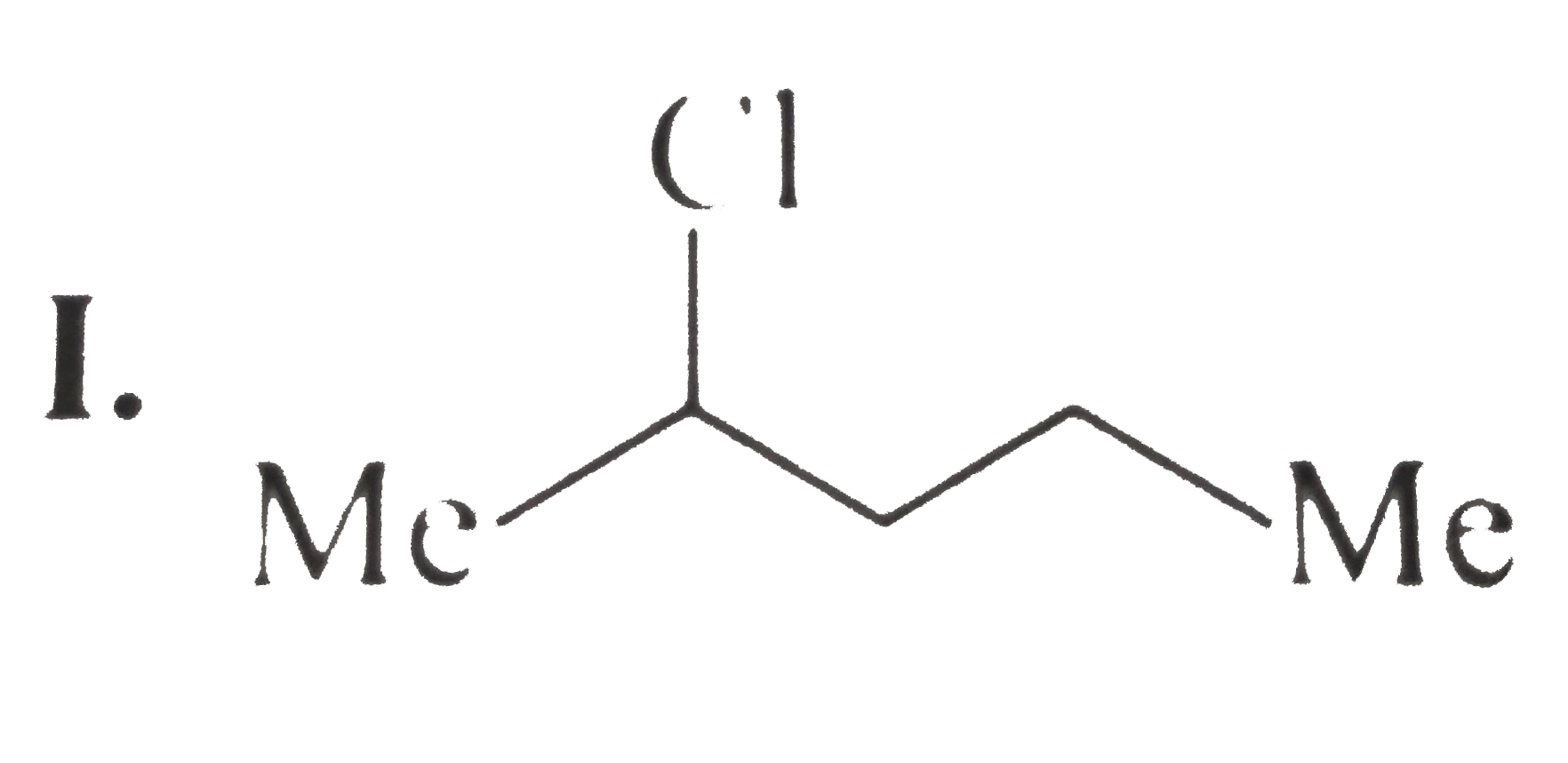
(II)
(III)
(IV) `PhCI`
(V)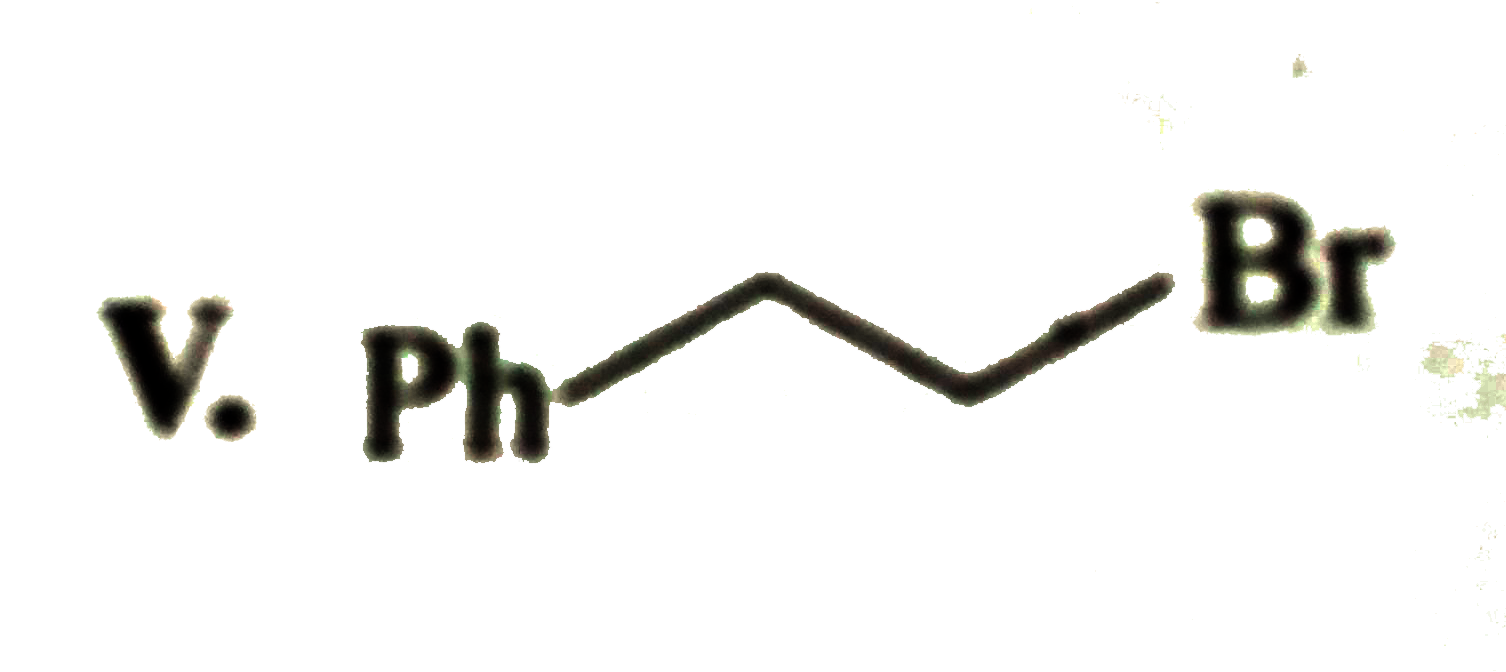
(VI)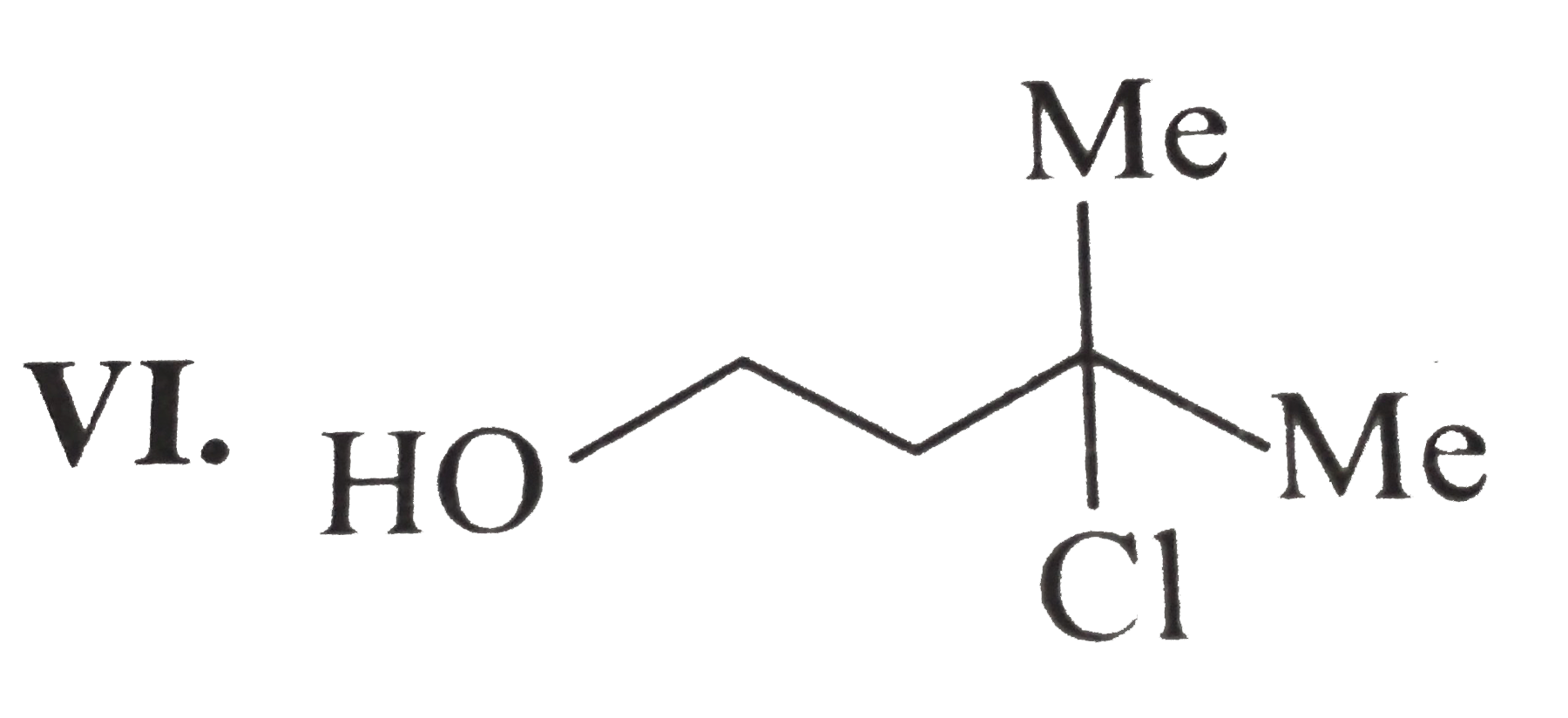
(VII)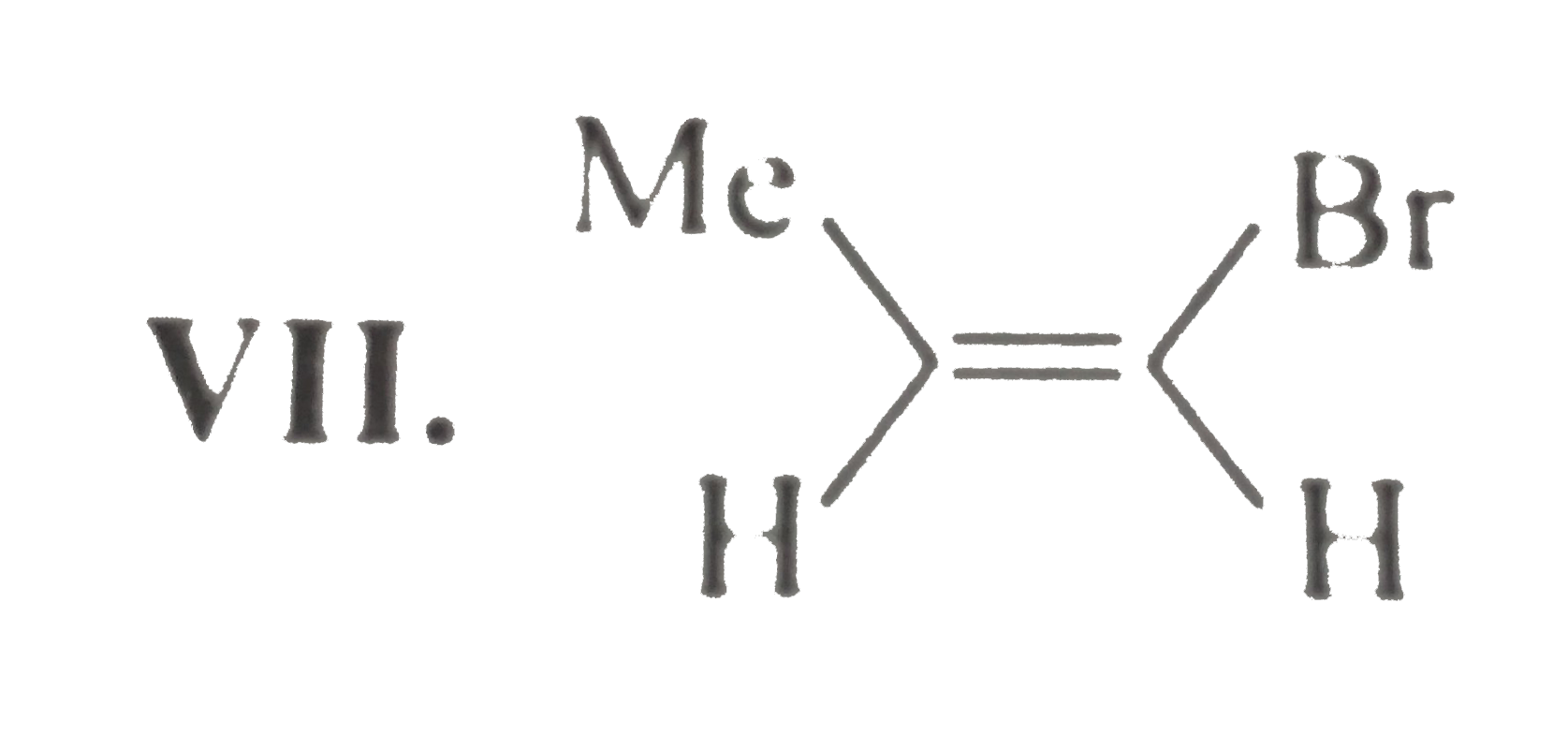
(VIII)
(IX) .10:55View Solution
.10:55View SolutionComplete the following reactions :
(a)
(b)
( c) 09:20View Solution
09:20View SolutionComplete the following the following missing reagents :
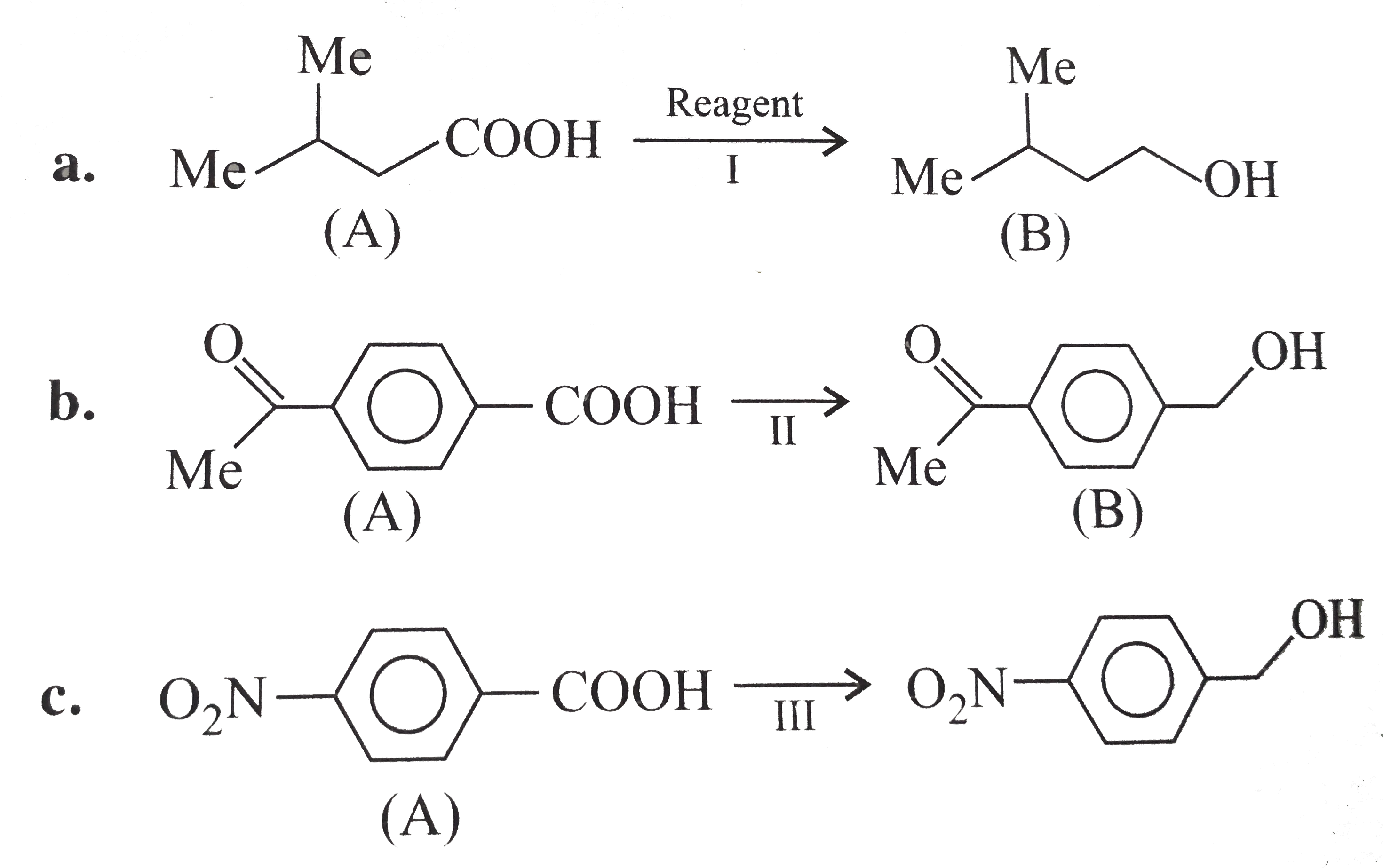
(b)
( c)
(d)
( e) .02:00View Solution
.02:00View Solution(a) Write the reaction of `RCOOH` with `conc.H_2 OS_4` forming two possible cations.
(b) Give the relative stabilities of the cations.
( c) Which cation undergoes `(C-O)` bond cleavage more readily ?
(d) Calculate the van't Hoff factor, `i` (number of moles of particles formed per mole of solute), in both cases.03:13View SolutionComplete the following reactions and explain the formation of the products.
(a) `HCOOH overset (Conc. H_2 SO_4) rarr`
`CH_3 COOH overset (Conc. H_2 SO_4) rarr`
( c)
(d) Glacial acetic acid `(CH_3 COOH) overset (973 K)rarr`
( e) .04:13View Solution
.04:13View Solution(a) Calculate the `Delta T_f` (depression in freezing point) of `0.4 m` solution of `CH_3 COOH` in benzene solution. `K_f = x K kg mol^-1`.
(b) Calculate the `Delta T_f` of `0.2 m` solution of an acid `(RCOOH)` is `conc. H_2 SO_4`, in which `(Rc -= O^(oplus))` acylium ion is formed. `K_f = x K kg mol^-1`.
( c) Calculate the `Delta T_f` of `0.3 m` solution of an acid `(RCOOH)` in `conc. H_2 SO_4` in which a protonated acid `(R-underset(.^o+OH)underset(||)(C)-OH)` (I) is formed.
`K_f = x K kg mol^-1`.03:08View SolutionGive the decreasing order of ease of decarboxylation of the following acids on heating with soda lime.
(a) (I) `CH_3 COOH`
(II)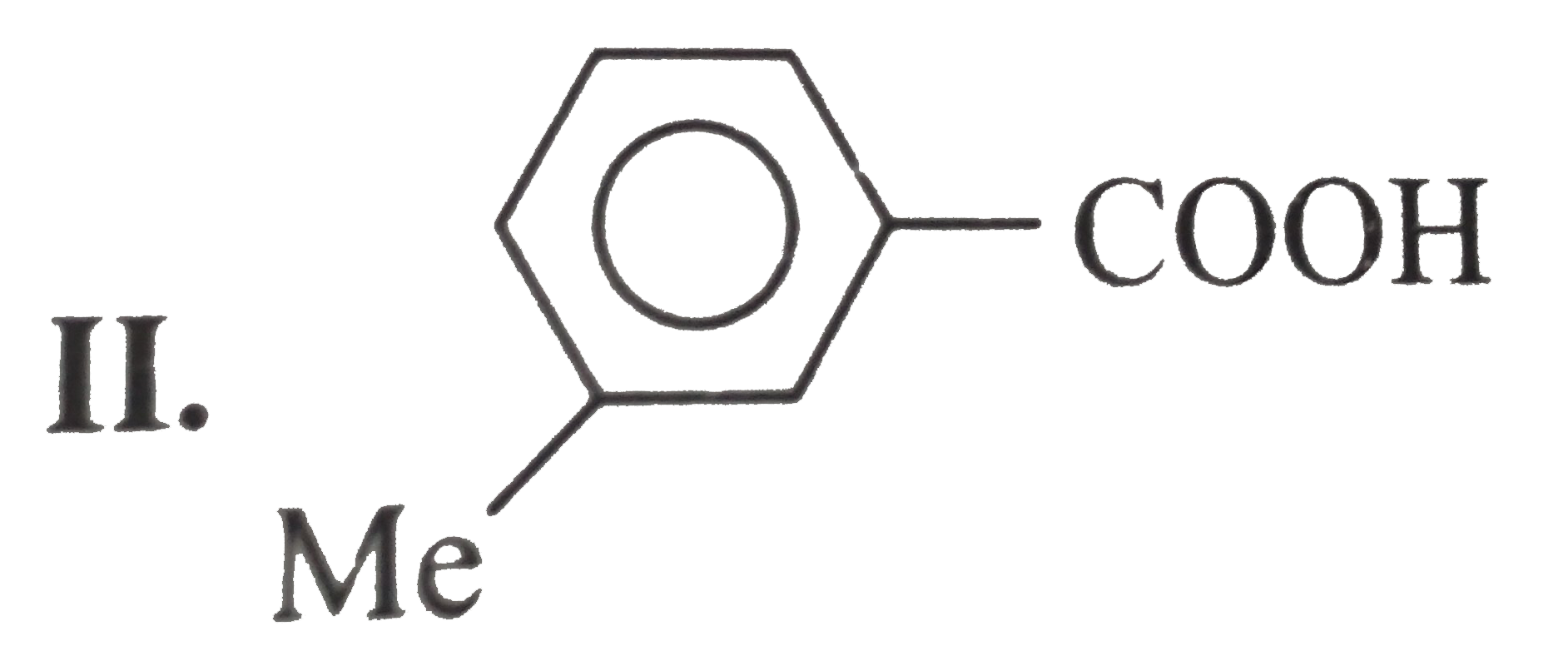
(III) `Cl_3 C - COOH`.
(b) (I) `PhCOOH`
(II)
(III)
( c) (I) `Cl_3 C - COOH`
(II) `Br_3 C - COOH`
(III) `I_3 C-COOH`
(d) (I)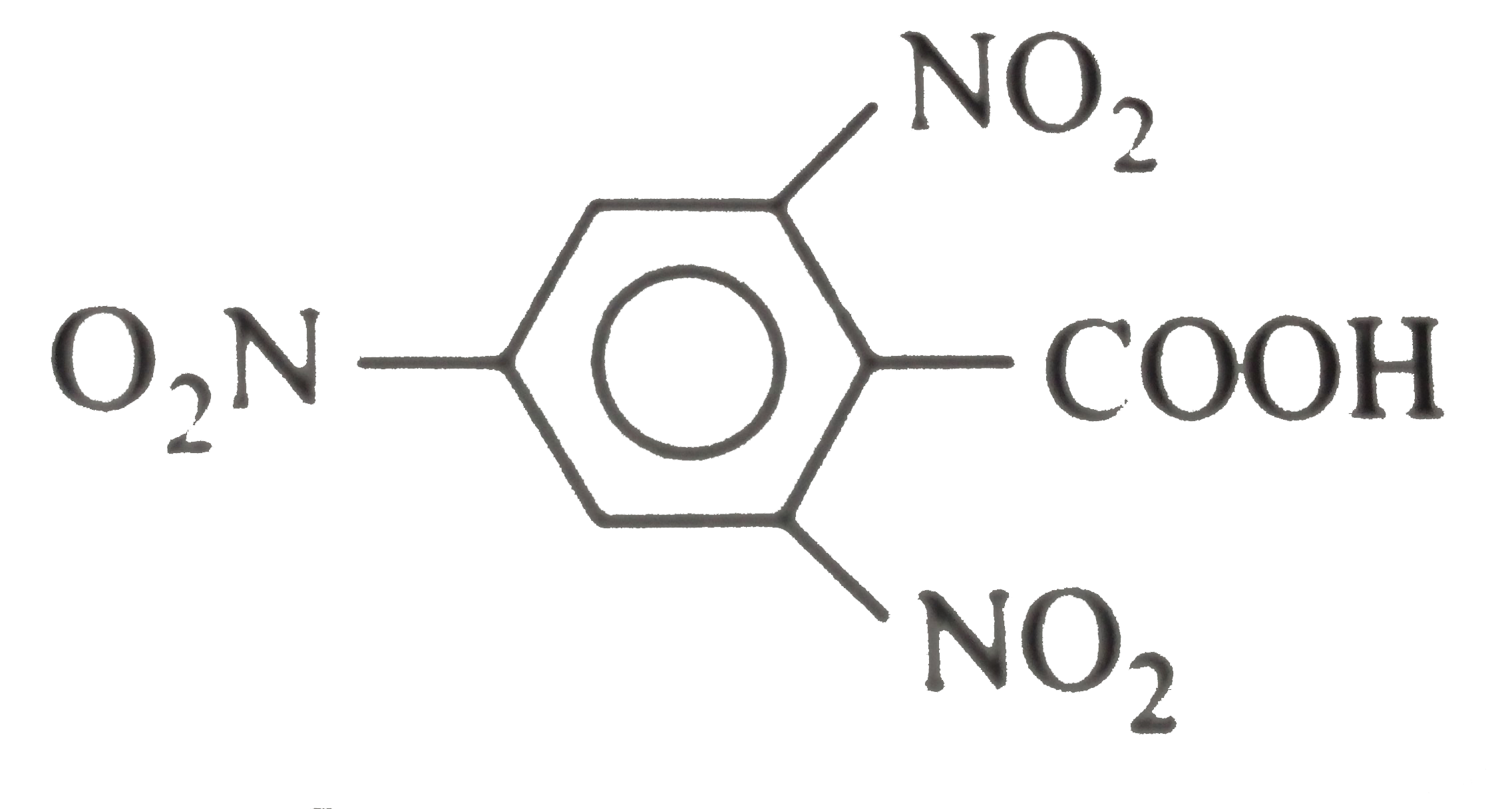 05:26View Solution
05:26View Solution(I) Give the products fo the following dibasic acids on heating.
(a)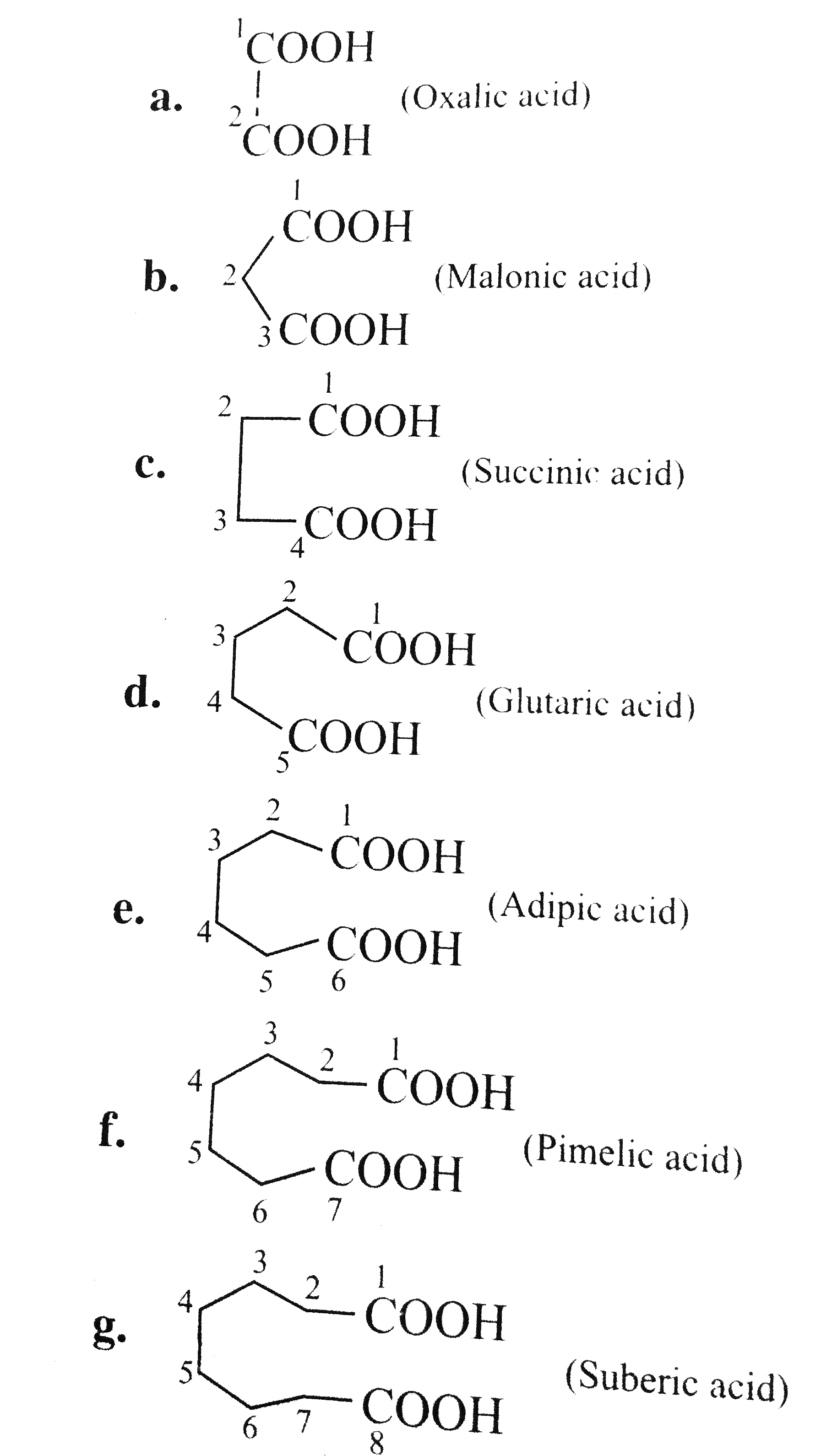 .
.
(II) How do the following react when heated and when treated with concentrated `H_2 SO_4` :
(i) `HCOOH` and (ii) `(COOH)_2` ?05:11View SolutionComplete the following reactions :
(a)
(b)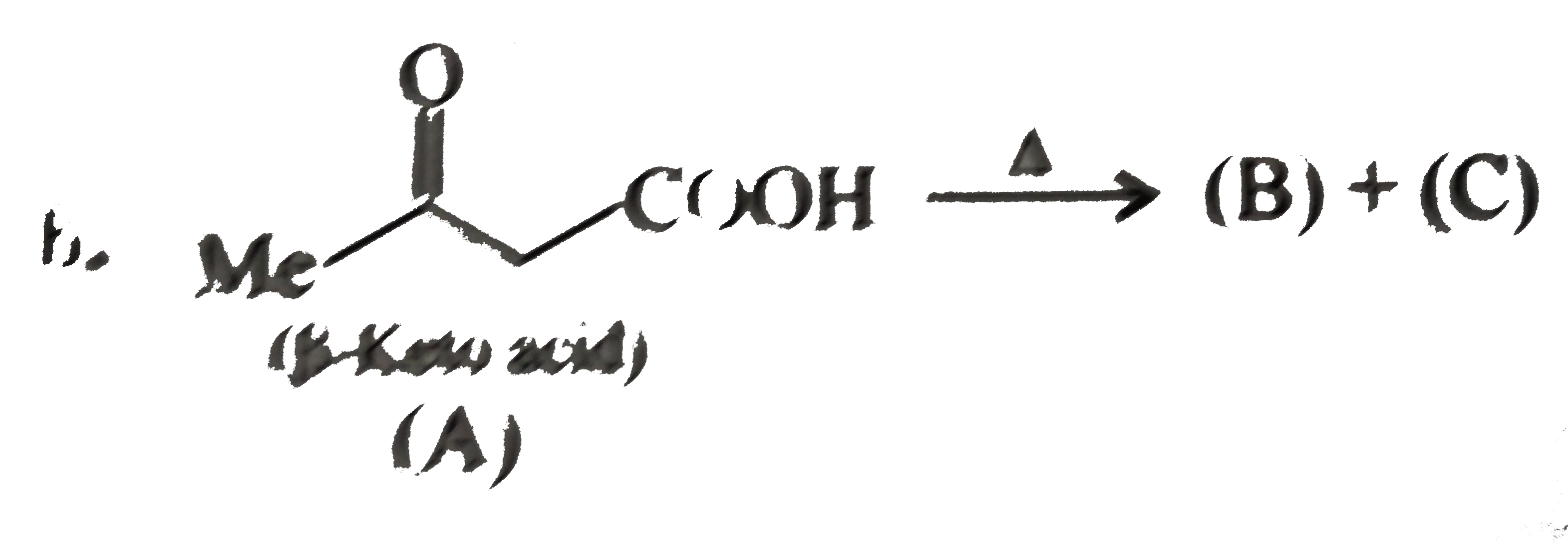
( c)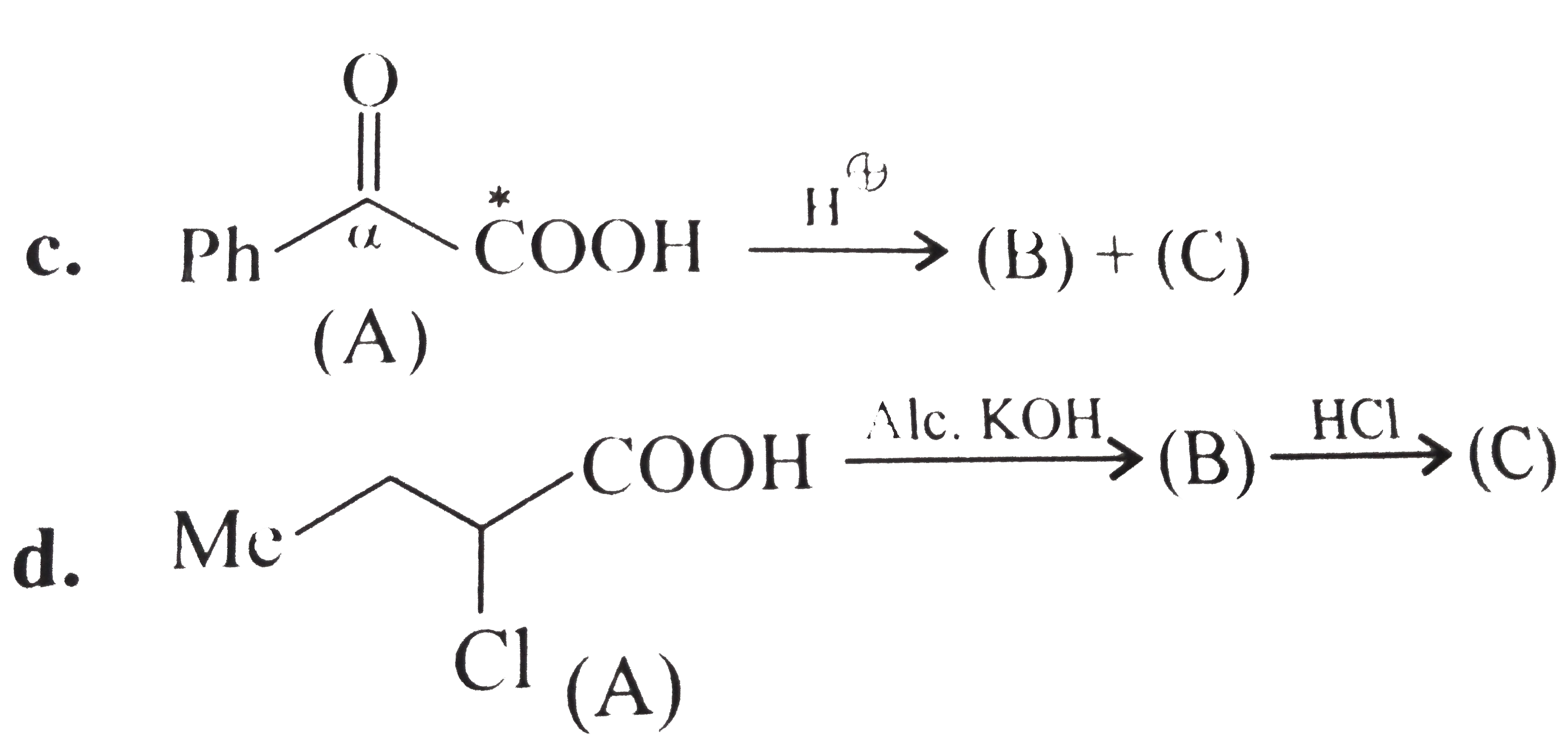 06:03View Solution
06:03View Solution(a) Write the resonance structure of carboxylic acid derivative `(R-underset(O)underset(||)(C)-G)` and account for the stability and electrophilic character of the `(C=O)` group.
(b) Why is the `(C-G)` bond in the acid derivative shorter and stronger than the `(R-G)` bond in alkyl derivative ?
( c) Write the eclipsed configuration structures for `N-methyl` ethanamide about the `(C-N)` bond.03:45View SolutionExplain the following :
(a) The `(C-Cl)` bond length in `CH_3 COCl` is nearly same as in `CH_3 CH_2 Cl` but longer than that in `Ch_2 = CH - Cl`.
(b) Account for the observed `(C-G)` bond lengths in `nm` :
`|{:(G,NH_(2),OCH_(3),F,CI),(CH_(3)-G,0.147,0.141,0.138,0.178),(CH_(3)-overset(O)overset(||)(C)-G,0.138,0.136,0.137,0.179):}|`
(c ) Why is `(C-O)` bond length shorter in ester than in anhydride ?
(d) Why have esters lower boiling points than ketones and acids of comparable molecular masses ?
( e) The boiling points of the following amides in the decreasing order are :
`MeCONH_2 (I) gt MeCONHMe (II) gt MeCONMe_2 (III)`.
(f) Why is `DMF` (dimethyl formamide) a useful solvent ?
(g) Why is formyl chloride unstable ?13:20View SolutionComplete the following reactions :
(a) `C_6H_6 + Ac_2 O overset(AlCl_3)rarr (A) overset(1.Br_2//overset(Ө)O H) underset(2.H_3 O^(oplus))rarr (B)`
(b)
( c)
(d)
( e)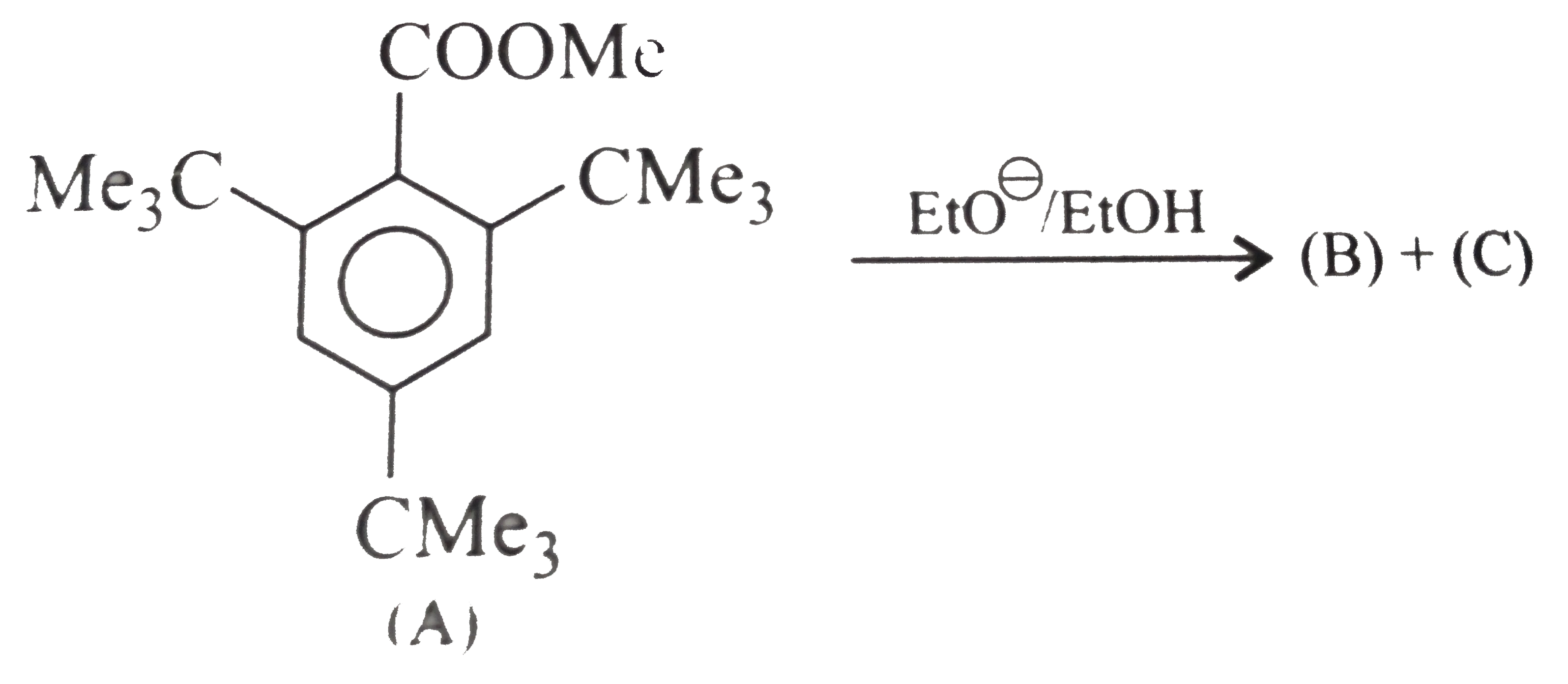
(f)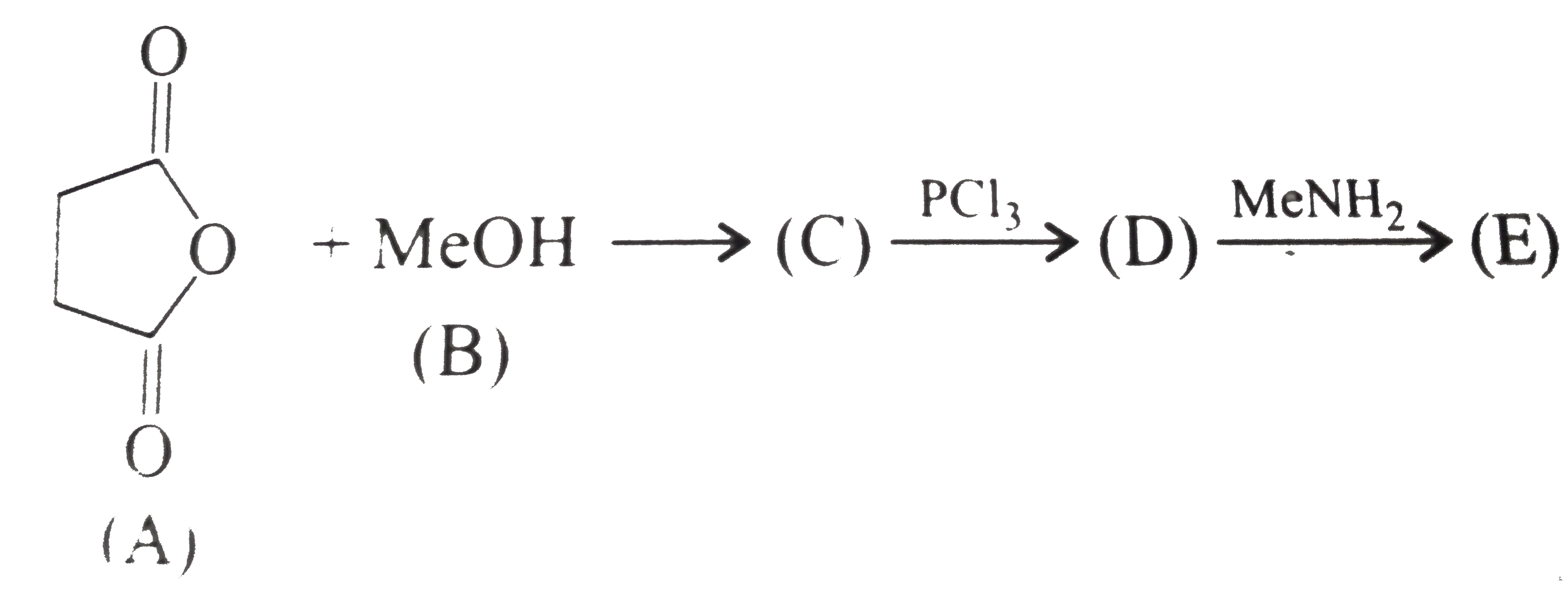
(g) .07:58View Solution
.07:58View SolutionExplain the following :
(a) Esters can be prepared by the reaction of `RCOOH` and `R'X` in basic medium. Why is this method not suitable for the preparation of `t-butyl` ethanoate ?
(b) How is `t-butyl` ethanoate prepared ?
( c) Explain the rate esterification of the following acids with `MeOH`.

(d) Why cannot `HCl` be used for the conversion of `RCOOH` to `RCOCl` ?
( e) Why can esters be prepared more efficiently by the squence : `RCOOH rarr RCOCl rarr RCOOR'`, rather than `RCOOH rarr RCOOR'` ?
(f) Why are acyl azides less reactive than `ROCOCl` but a little more reactive than anhydride ?
`K_a` of `N_3 H = 2.6 xx 10^-5` and `K_a` of `CH_3 COOH = 1.8 xx 10^-5`.11:27View Solution(a) Give the Claisen ester condensation product of ethyl butanoate.
(b) Why does the Claisen ester condensation of ethyl-2-methyl propanoate `(I)` not take place ?
( c) Why does Claisen condensation of `(I)` take place by the use of `Ph_3 C^(Ө) Na^(oplus)` as a base ?05:17View SolutionIdentify `(A)` to `( E)`.
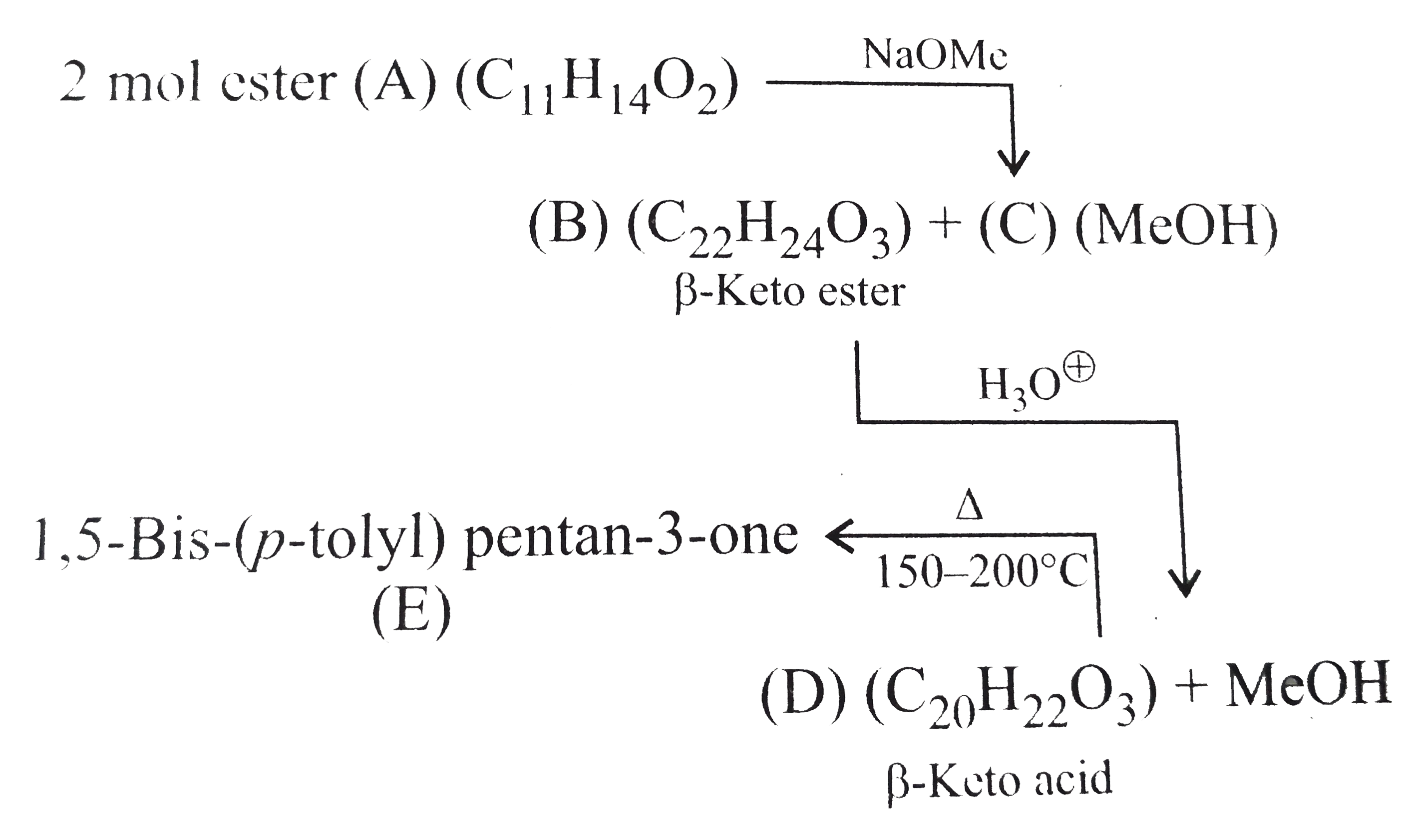 .05:13View Solution
.05:13View SolutionIdentify `(C )` to `( E)` :
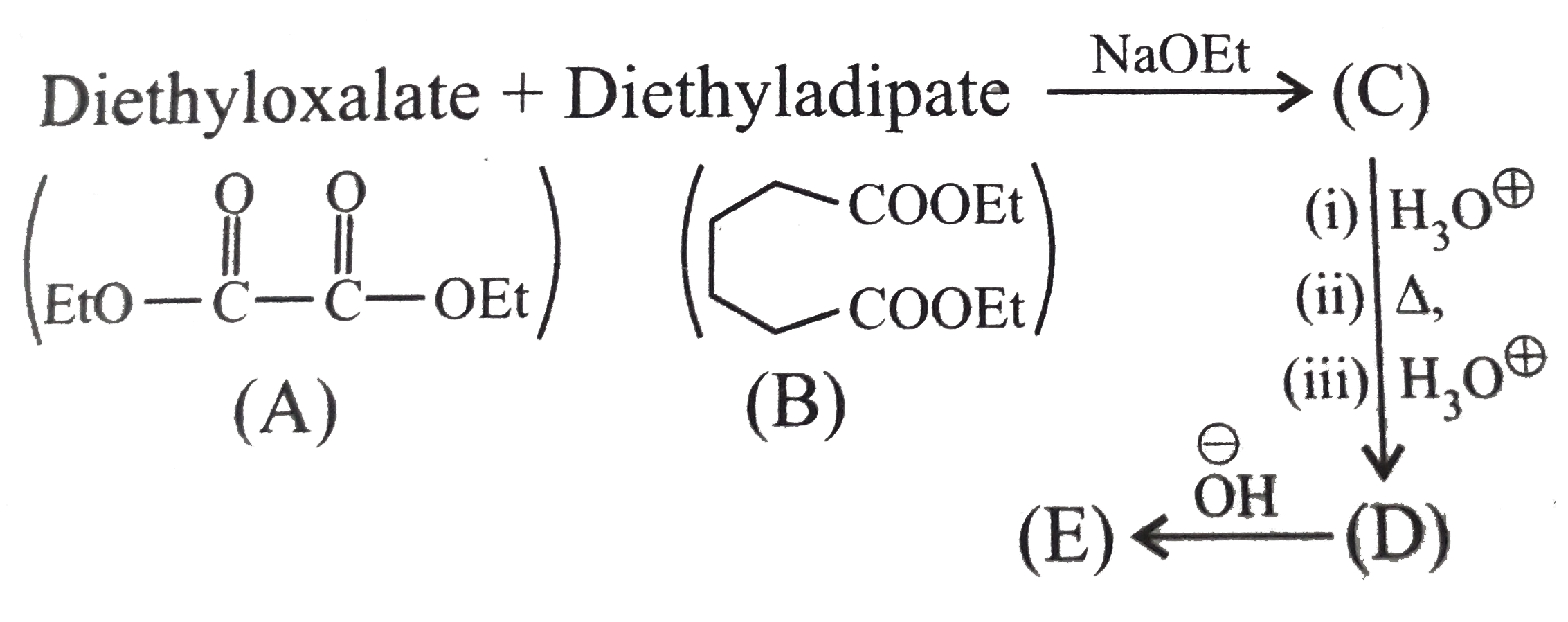 .03:45View Solution
.03:45View SolutionConvert the following :
(a)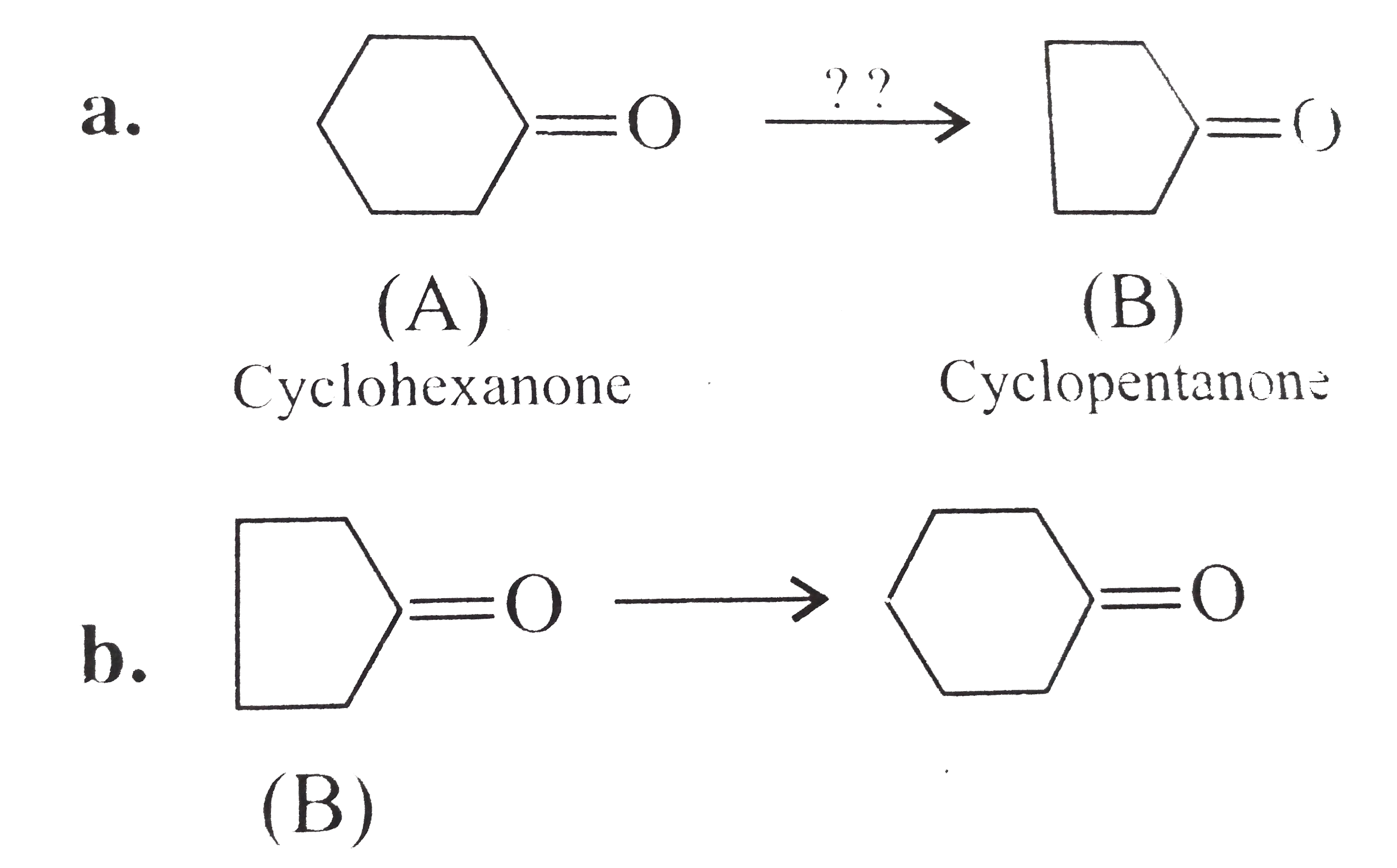 04:13View Solution
04:13View Solution(a) Why do acyl chlorides undergo nucleophilic attack more readily than alkyl chlorides ?
(b) What is hydroxamic acid test and which functional group is determined by this test ?03:41View Solution(I) Complete the following reactions :
(a)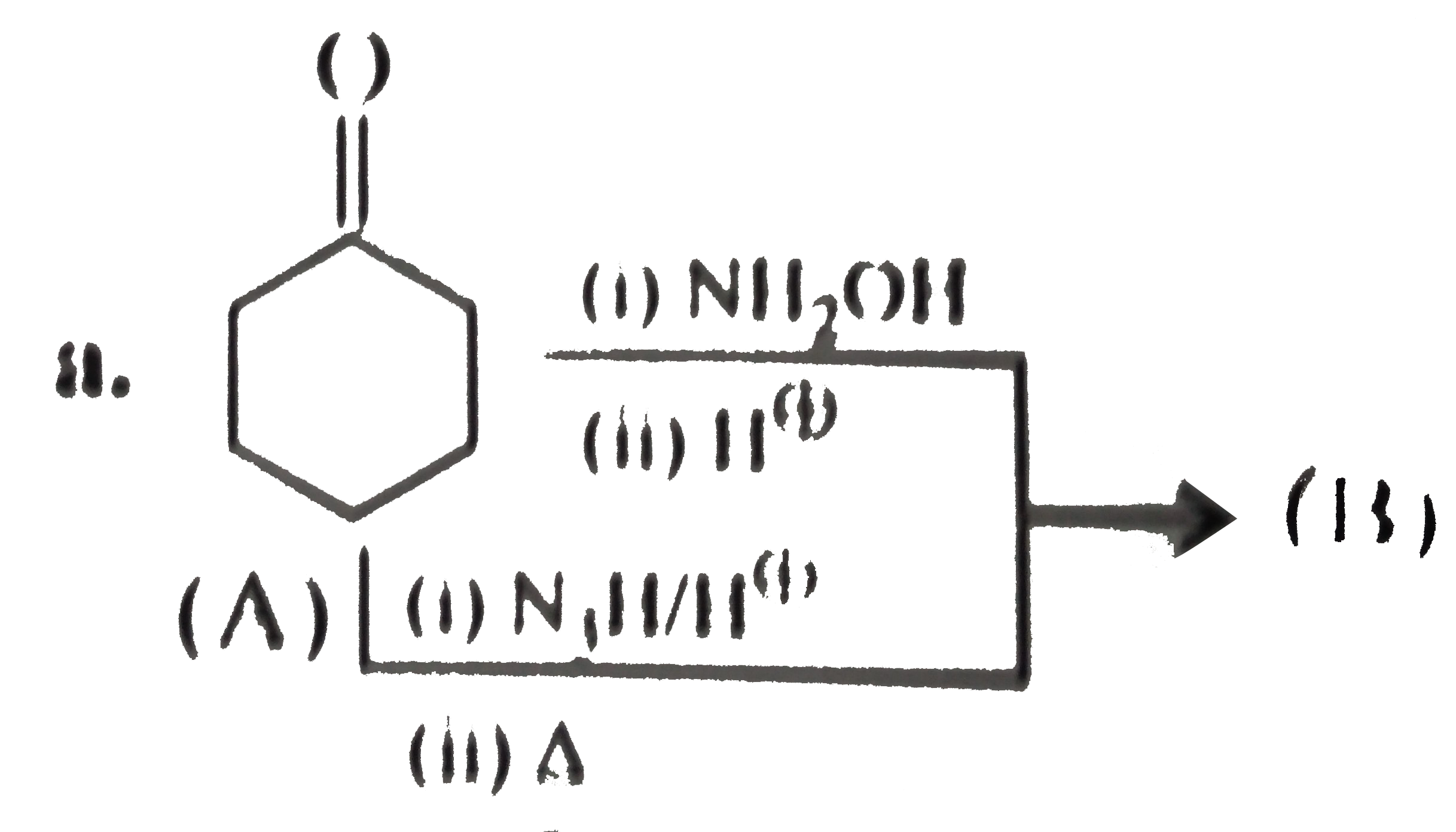
(b)
( c)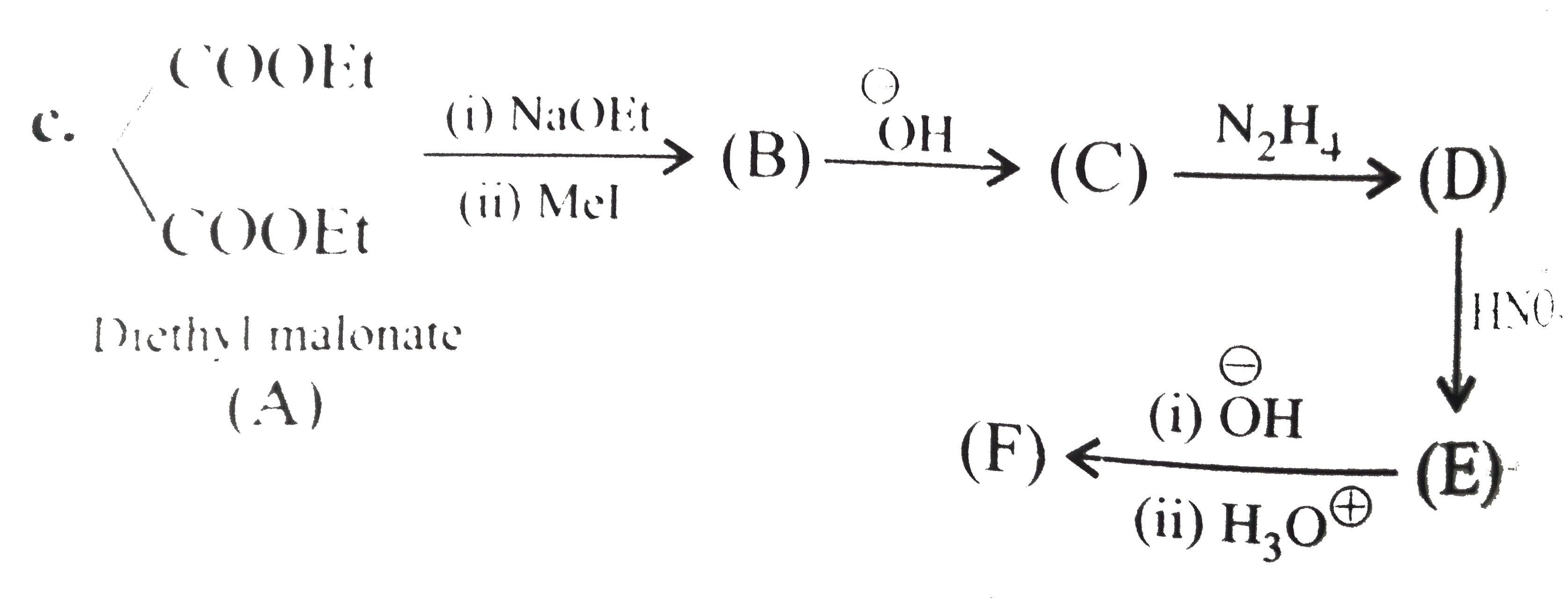
(d) `(D)overset(KOD)underset(Br_(2),Delta)larr(C)underset(NH_(3),Delta)larrRCOOH overset(ND_(3))underset(Delta)rarr(A)underset(Br_(2),Delta)overset(KOH)rarr(B)`
(II) In the Hofmann Bromamide reaction, `CO` is lost as :
(i) `CO_2`
(ii) `HCO_3^(Ө)`
(iii) `CO_3^(2-)`
(iv) `CO`.11:17View SolutionComplete the following reactions :
(a)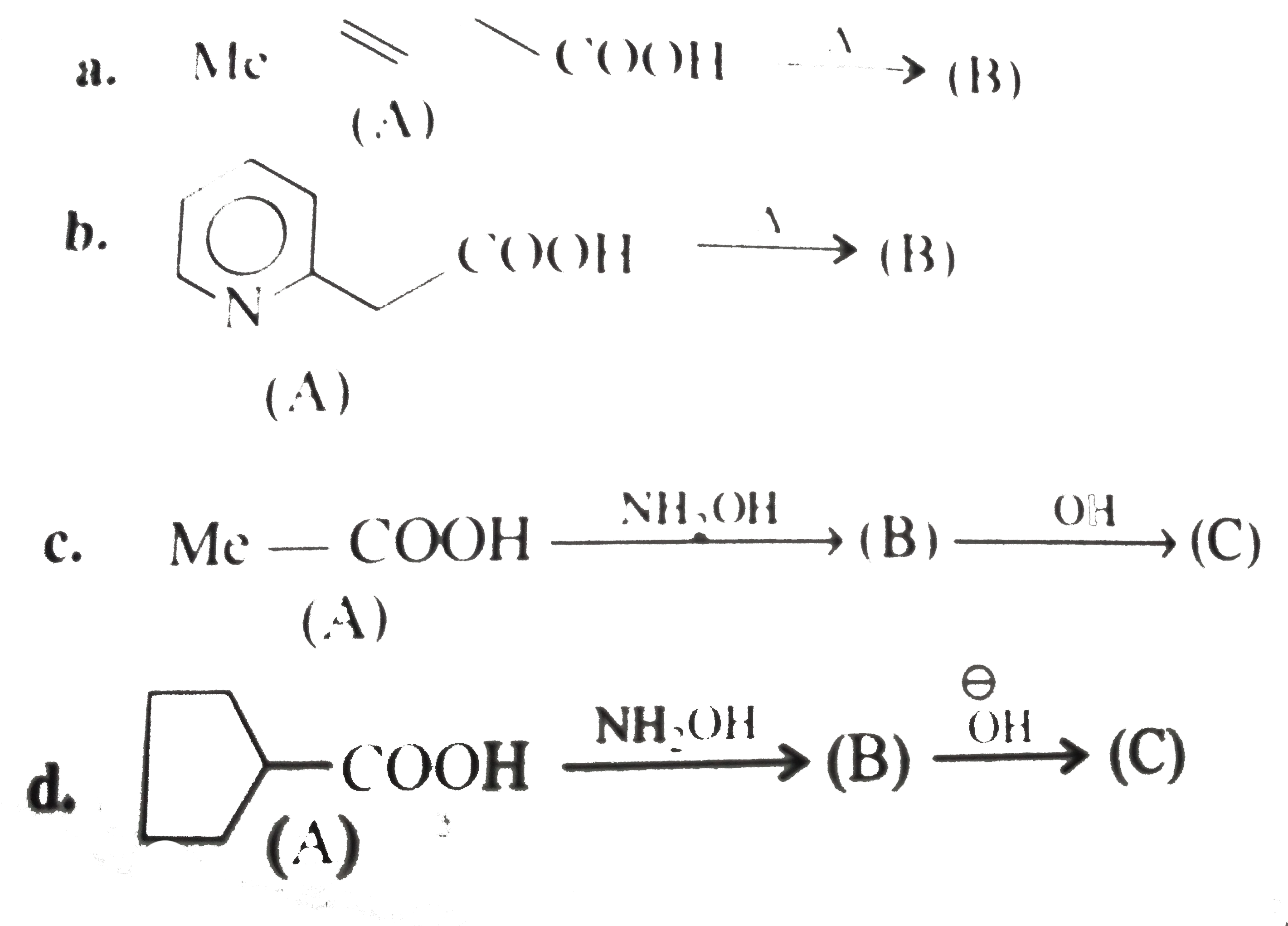
(b)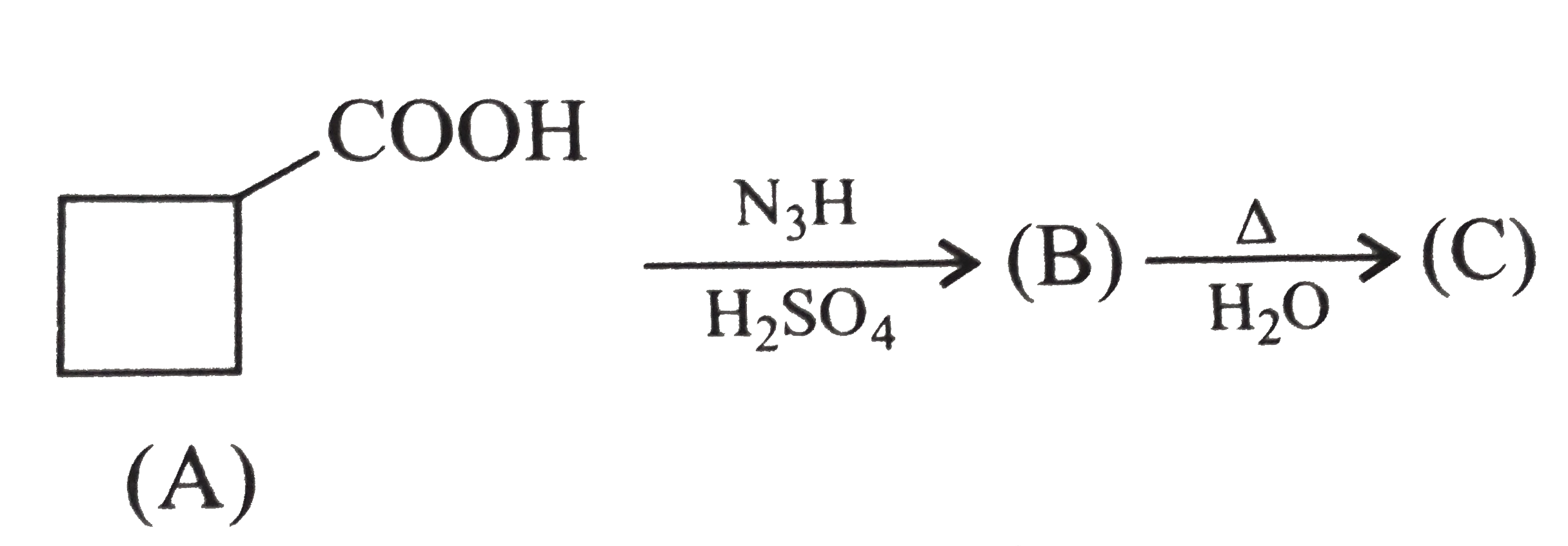
( c) `underset((A))(Me-COOH)overset(NH_(2)OH)rarr(B) overset(Theta)overset(OH)rarr(C)`
(d)
( e) .05:22View Solution
.05:22View Solution(a) Complete the following reaction :

(b) Which of the following reactions is not possible ?
(I)
(III) `CH_3 OH + PhOLi`
(IV) .04:46View Solution
.04:46View Solution
Illustration questions and complete solutions for chapter CARBOXYLIC ACIDS AND THEIR DERIVATIVES of CENGAGE CHEMISTRY (HINGLISH) of Class 12
All Exercises from CENGAGE CHEMISTRY Class 12 CHEMISTRY CARBOXYLIC ACIDS AND THEIR DERIVATIVES
- Exercises (Assertion-Reasoning)
- Exercises (Linked Comprehension)
- Exercises (Multiple Correct)
- Exercises (Singlecorrect)
- Exercises (Subjective)
- Exercises Archives (Analytical And Descriptive)
- Exercises Archives (Assertion-Reasoning)
- Exercises Archives (Fill In The Blanks)
- Exercises Archives (Linked Comprehension)
- Exercises Archives (Multiple Correct)
- Exercises Archives (Single Correct)
- Exercises Archives (True/False)
- Illustration
- Solved Examples
